Culture
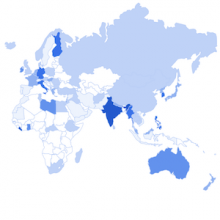
Primer: Comparative History
Comparison is used in many different ways in world history, both implicitly and explicitly.
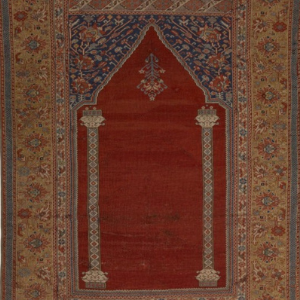
Early Modern Ottoman Carpet at the Walters Art Museum
This carpet is a specific type of carpet woven in the Islamic world called a sajjadah or prayer rug.

Islamic Carpet made in Ottoman Turkey at The Metropolitan Museum of Art
This carpet is a specific type of carpet woven in the Islamic world called a sajjadah or prayer rug.

Islamic Carpet made in Safavid Iran
This carpet called the Qazvin Carpet (also known as the "Salting Carpet") was made in late-sixteenth century Safavid Iran likely in a royal atelier.
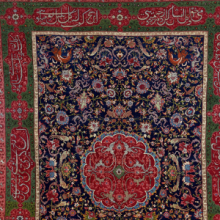
Primer: Transcultural History
Broadly, transcultural histories include those historical contexts and processes brought about by circulation of people, objects, and knowledge through travel, trade, migration, or globalization.
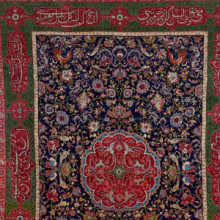
Short Teaching Module: Early Modern Islamic Carpets as Transcultural Objects
Islamic carpets were ubiquitous in the early modern period (1500-1800) in Europe as much as it was in the Islamic world. They were important objects of decor within homes, imperial palaces, and religious buildings.
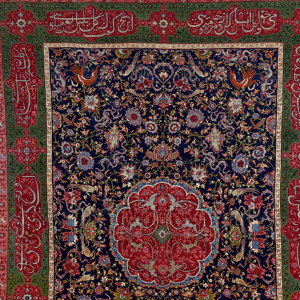
Islamic Carpets
These three carpets made in the period between the 16th and 18th centuries show two distinct types of carpets produced in the Islamic World for particular culture-specific uses.

Southeast Asia in the Ming Shi-lu
A legendary repository for scholars of Southeast Asia and researchers interested in the Chinese World Order, Southeast Asia in the Ming Shi-lu is a veritable treasure trove of information on a dynamic region during a period of transcendental change.
Beijing Silvermine
A fascinating, confusing, and challenging photographic archive, Beijing Silvermine is on the one hand an important record of the lives of ordinary Chinese citizens living through two decades of transcendental change and on the other a somewhat problematic appropriation of their private lives.
Brooklyn's Panorama Competition
The Panorama is one of the biggest events for steel bands in Brooklyn. Originating in Trinidad, it is tied to the Carnival season and is best understood as a music competition embedded in a series of festive activities and performances.